Ultrahigh-Sensitive Detection Platform Powered by Semiconductor-based Biosensor for the evaluation of Treatment on Acute Myeloid Leukemia
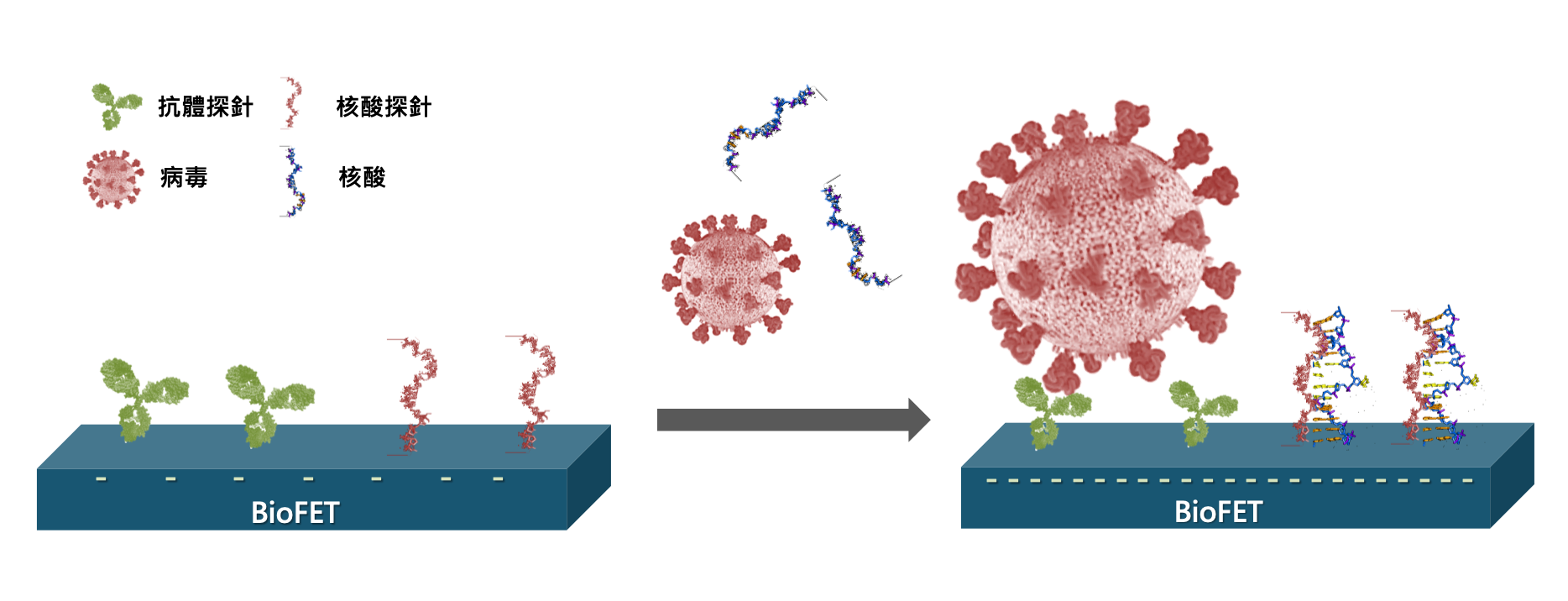
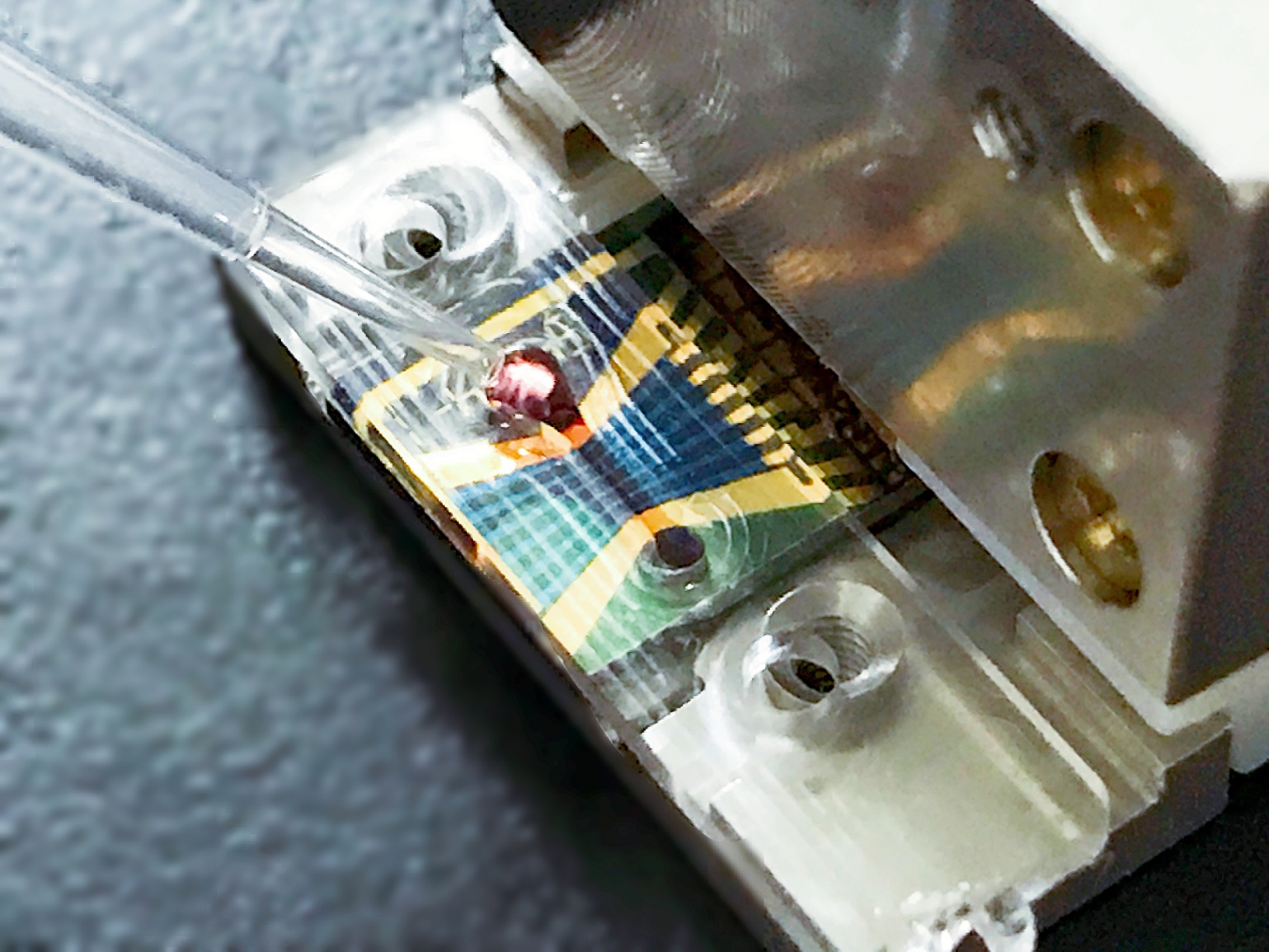


Our Biosensor Detection Platform is powered by a biomolecular analyzer, SENEDIA, and semiconductor-based biosensors. We develop the platform based on the core-technology of SiNW-FET that integrates biosensing technologies. Detection results come out real-time upon changes in electrical signals caused by the interaction between bio-probes modified on biosensors and targets in samples, which is fundamentally different from optical-based diagnostics techniques. The limit of detection of this technology is up to 10 to the power of -15 M for nucleic acids and 10 to the power of -12 g/ml for proteins respectively, which facilitates accurate detection for diseases at their early stages. Another advantage of semiconductor biosensor is a single biosensor can be modified with multiple targets, including nucleic acids, antigens, antibodies, bacteria, viruses, environmental chemicals, and etc. With the 1 sample for 1 run setup, our technology enables an easy-to-use and time-saving detection procedure in different environments for various demands as a companions diagnostics and POCT, reaching the goal of personal precise diagnoses.
To cure Acute Myeloid Leukemia, the key reference point of decision making in clinical use is whether malignant cells are eliminated by chemotherapy or not. Thus, the detection of Acute Myeloid Leukemia (AML) has become the indispensable indicator of the therapeutic efficacy.
Q-PCR is the commonly used technology to detect the particular genetic sequence variation of Acute Myeloid Leukemia. The detection limit of Q-PCR is 10 to the power of -5 M as opposed to our biosensor's limit up to 10 to the power of -15 M, meaning our biosensor is capable of detecting residual pathogens to identify patients likely to relapse for doctors to customize treatments to increase patients' survival rates.
Founded in 2014, Molsentech is dedicated to developing a biomedical platform that facilitates the non-invasive and real-time detection of minimum pathogens for patients. Our core team is composed of professionals from the Quantum Electronic Laboratory at Academia Sinica with exclusive expertise in semiconductor chip design/fabrication, probe molecules modification and automation bio-sensor system integration. In addition, our researches were published by SCI journal and earned relevant patents. Going forward, Molsentech will leverage this top-notch platform to provide high sensitive, accurate and user-friendly products in the biomedical detection market worldwide.
Name:
Phone:
Address:Rm. 416, Blog. C, No. 99, Ln. 130, Sec. 1, Academia Rd., Nangang Dist., Taipei City 115202, Taiwan
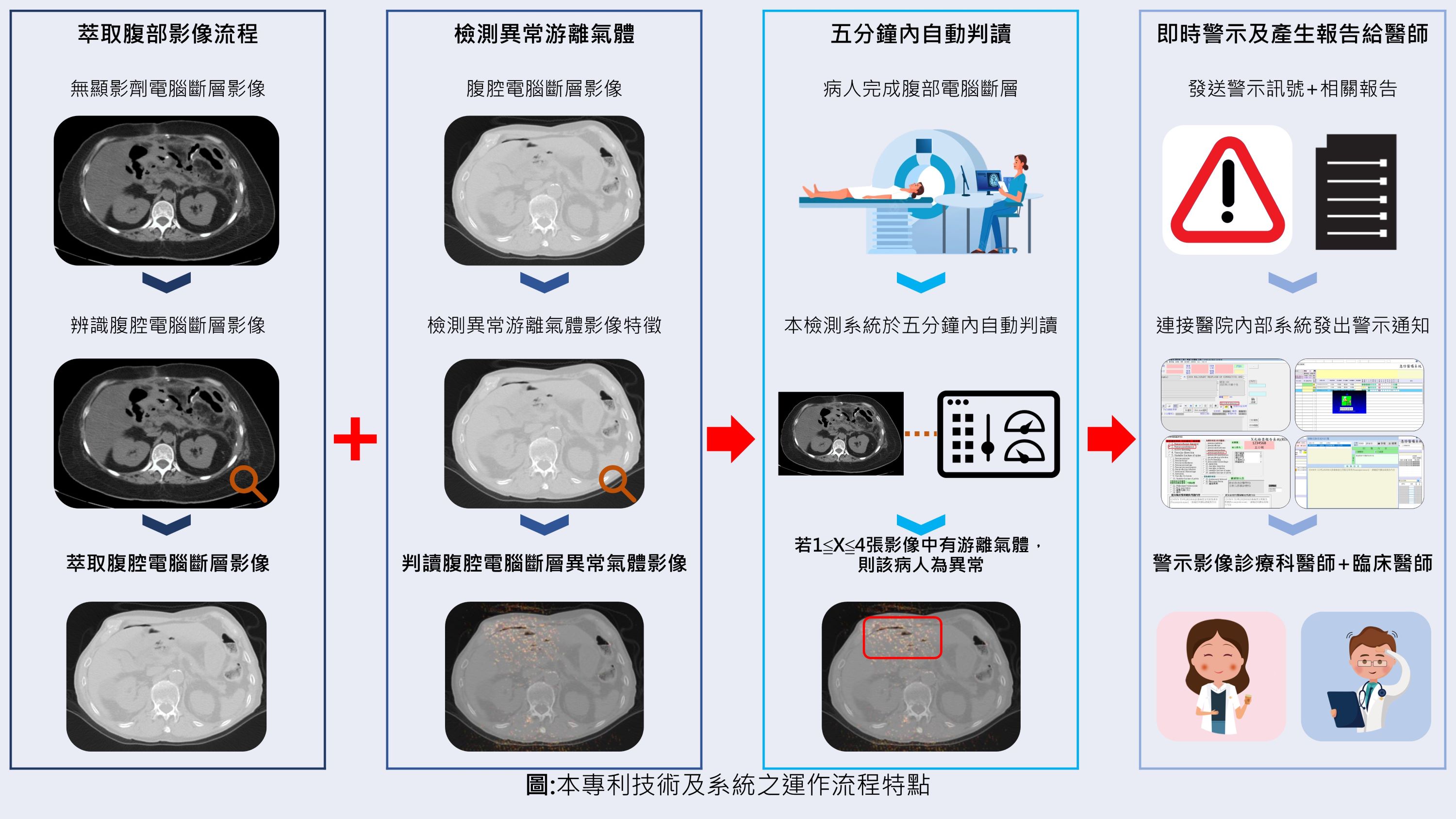
A deep learning-powered novel artificial intelligence algorithm and syste m to assist in the identification of pneumoperitoneum on abdominal com puted tomography
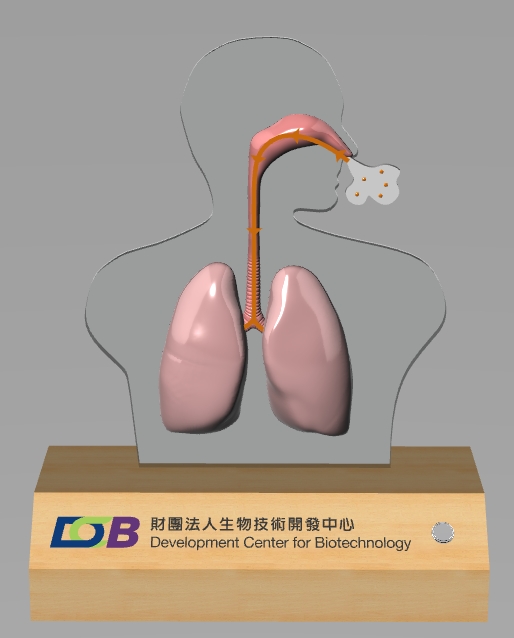
Platform for Oligonucleotide Drug Production (Nucleic Acid Drugs for the Treatment of Pulmonary Fibrosis)
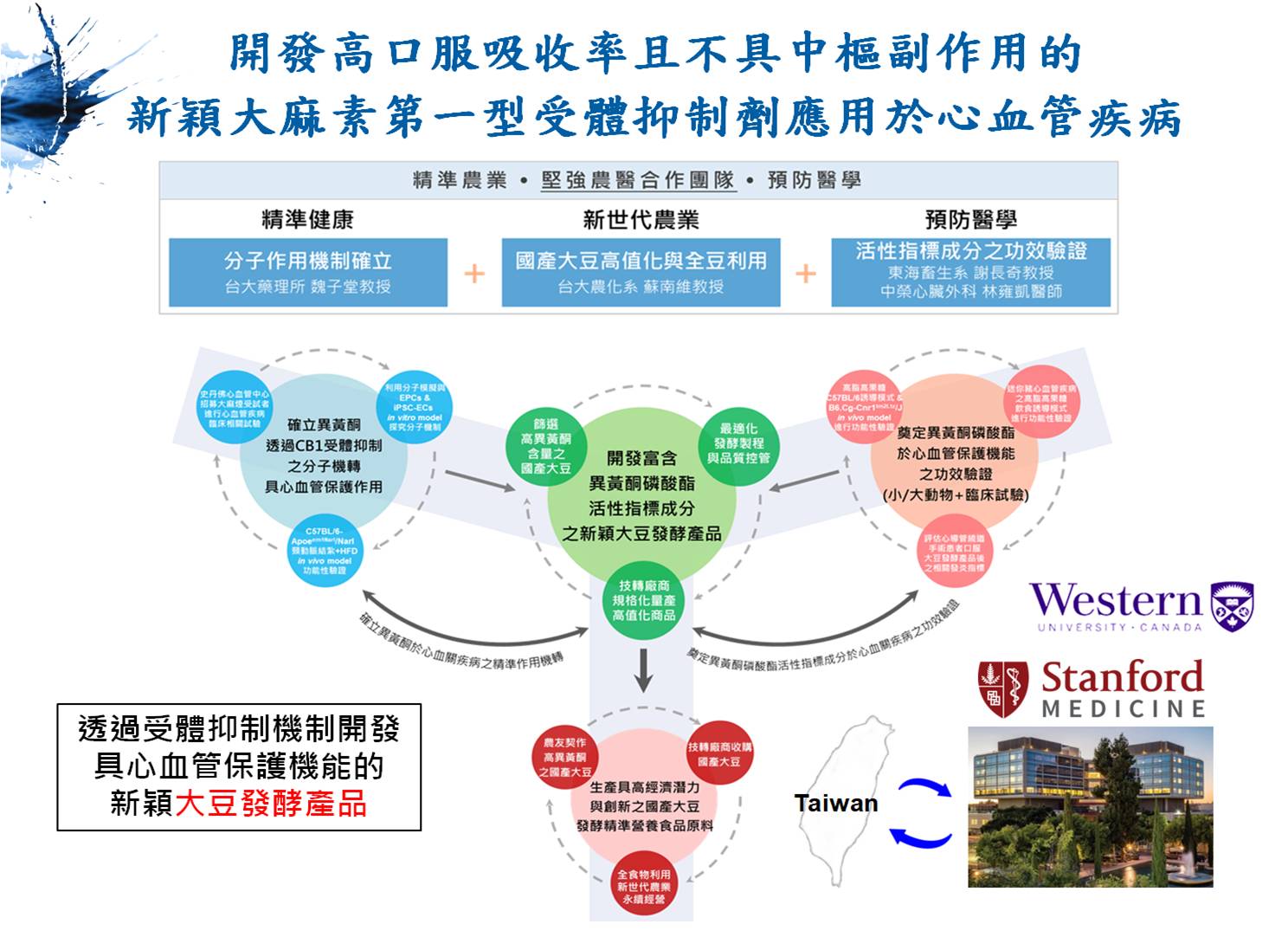
Development of novel cannabinoid CB1receptor antagonists with high oral absorption and no central adverse effects for the treatment of cardiovascular diseases
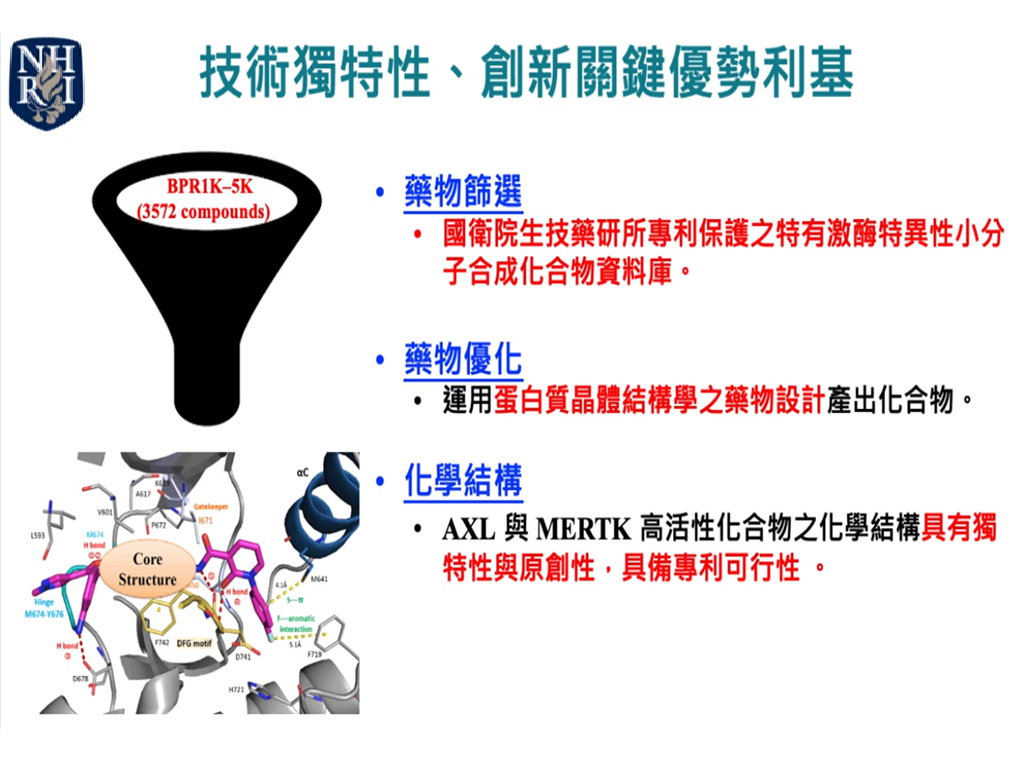
Novel cancer immunotherapeutic agent targeting tumor and tumor immune microenvironment for the treatment of triple negative breast cancer
Technology maturity:Trial production
Exhibiting purpose:Technology transactions、Product promotion、Display of scientific results
Trading preferences:Technical license/cooperation、New products development、Negotiate by self
*Organization
*Name
*Phone
*Main Purpose
*Discuss Further
*Job Category
*Overall Rating
*Favorite Area
*Key Tech Focus
*Willing to Receive Updates?
Other Suggestions
Coming soon!